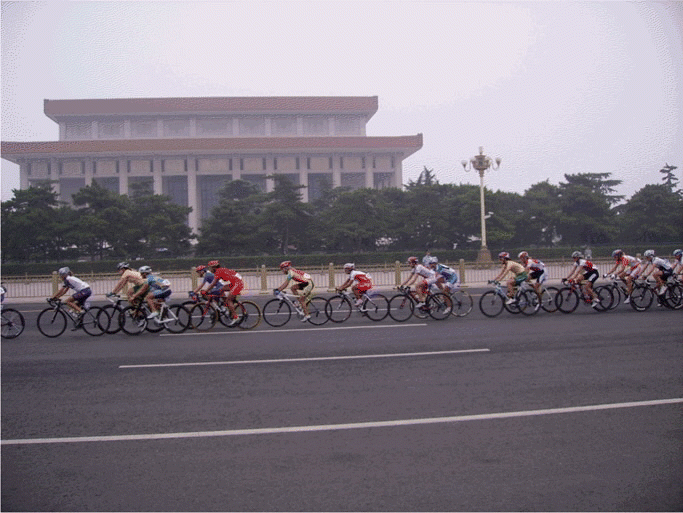Penn State School of Medicine’s Timothy J. Craig, DO, Chair of the American Academy of Allergy, Asthma, and Immunology (AAAAI) Sports Medicine Committee, said that Beijing’s stopgap antipollution measures wouldn’t prevent fine particles and sulfur oxide from diesel fuel from irritating the Olympic athletes’ noses and throats. A heat spell with inversion will hurt them even further, he observed. If pollution is heavy, the athletes will experience dryness to the airways, which irritates the epithelial cells and releases chemicals into the airways. Pollen and ozone will amplify the problems, he added.
Explore This Issue
December 2008
For athletes diagnosed with asthma and other respiratory problems, Dr. Craig said that the recent ruling of the International Olympic Committee (IOC) allowing for rescue inhalers has helped more such athletes compete. Additionally, team physicians from every country were alerted by the IOC to provide accurate documentation about each athlete’s respiratory condition, medical history and medication prescribed.
Dr. Craig also noted that while 8% to 12% of the general US population has asthma, 20% of the 2008 Summer Olympians were diagnosed with exercise-induced asthma (EIA) and take medication for symptom control. (Winter Olympians, particularly those competing in Nordic combined, cross-country skiing, and short-track events had things even worse: They had the highest rates of EIA and 60.7% were taking medication to manage their symptoms.) Athletes have higher air turnover than sedentary people, and this dries out the airways, added Dr. Craig.
Swimmers in particular are overrepresented as EIA patients because the warm humid air and chlorine in the water are airway irritants. Researchers led by Lars Pedersen, MD, of Copenhagen University Hospital have documented that EIA in elite swimmers worsens with age. After studying teenage swimmers, Dr. Pedersen concluded that they do not have particularly susceptible airways when they start competitive swimming, but that they develop respiratory symptoms, airway inflammation, and airway hyper-responsiveness as they age.
Physicians with elite athlete patients dealing with EIA and exercise-induced bronchoconstriction have challenging decisions to make regarding medications. They have to consider each anti-allergic and anti-asthmatic drug in light of its status set by the World Anti-Doping Agency, and whether they are prescribing both in and out of competition. For example, the wide and increasing use of β2-adrenergic agents by athletes must be done in response to strict criteria issued by that agency. According to Sergio Bonini and Timothy Craig (J Allergy Clin Immunol 2008;122:249), the anti-doping agency has banned oral β2-agonists and ephedrine, either prohibited or restricted oral corticosteroids and topical corticosteroids, and inhaled β2-agonists. Athletes are permitted to use antihistamines, antileukotrienes, and immunotherapy both in and out of competition.
Leave a Reply